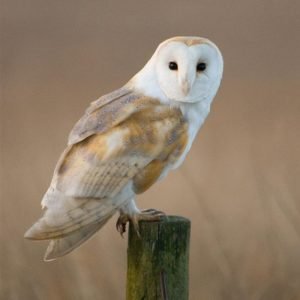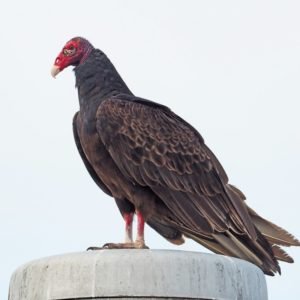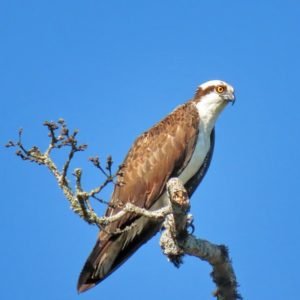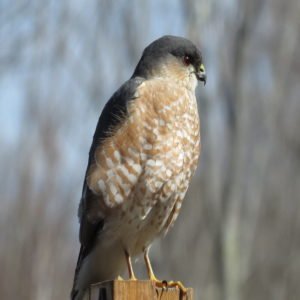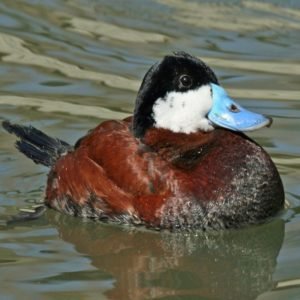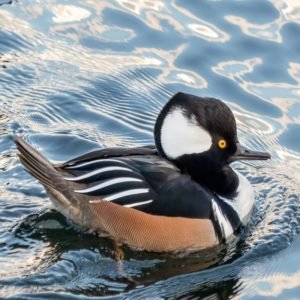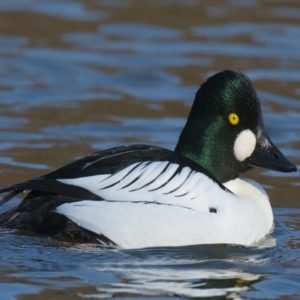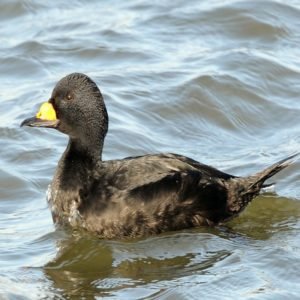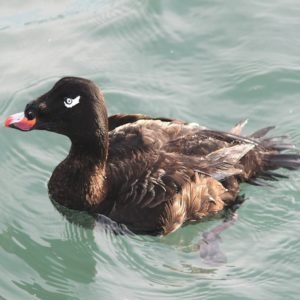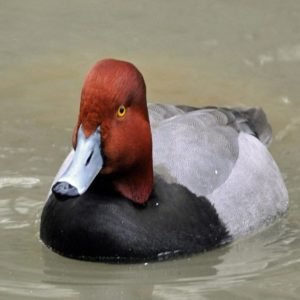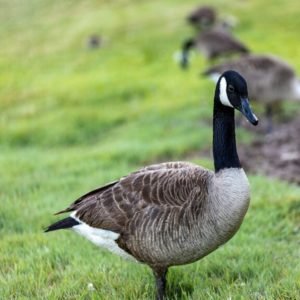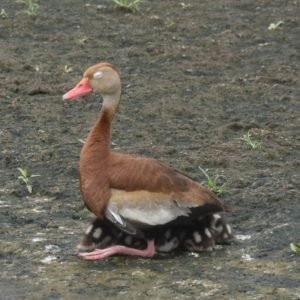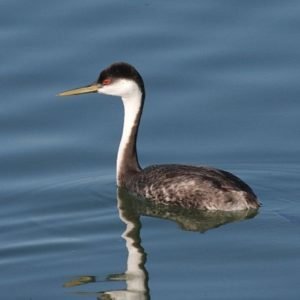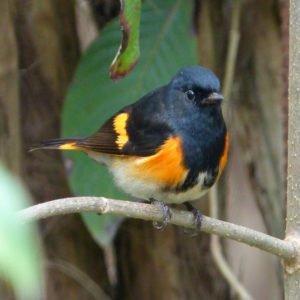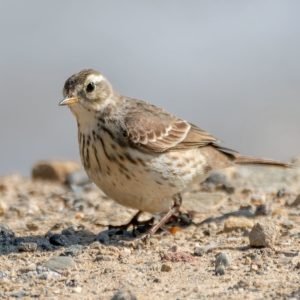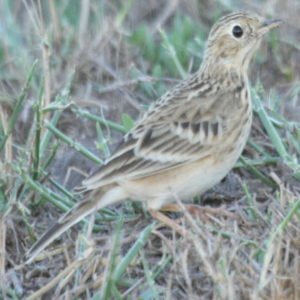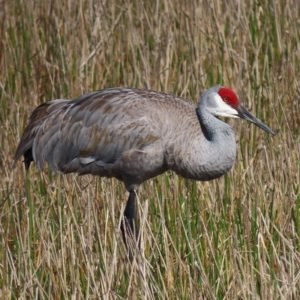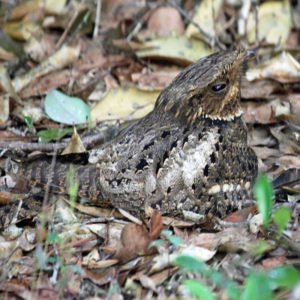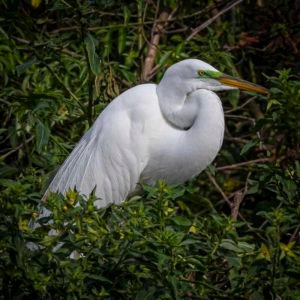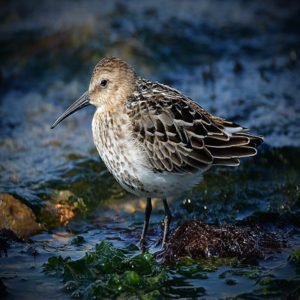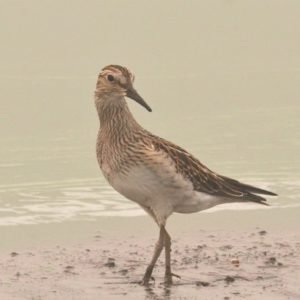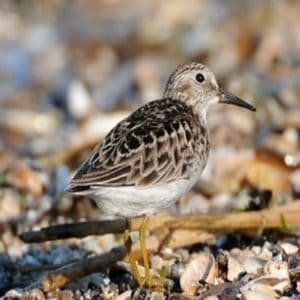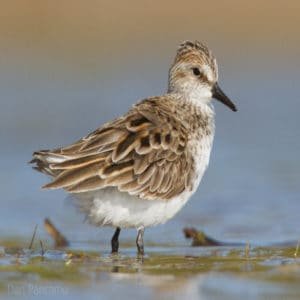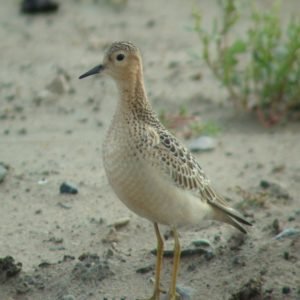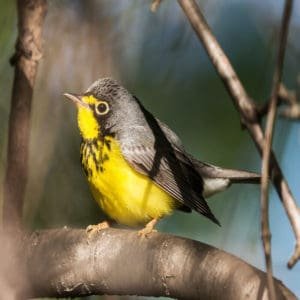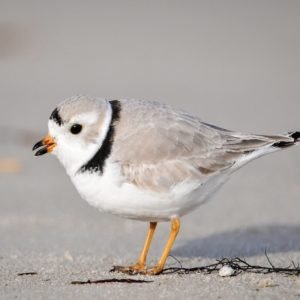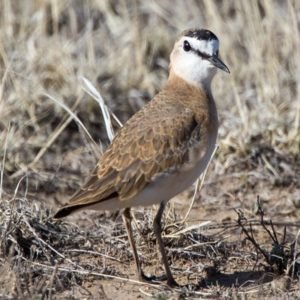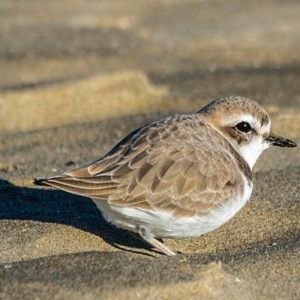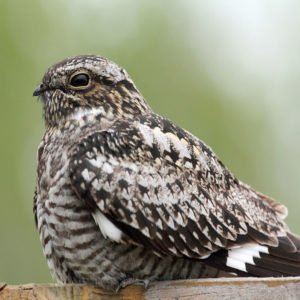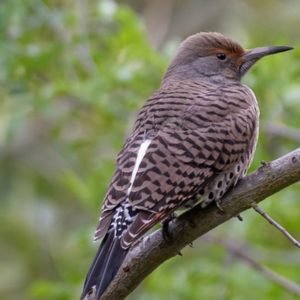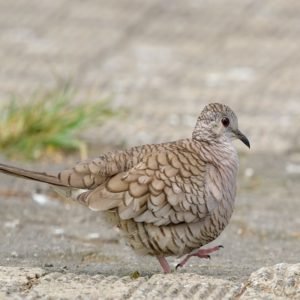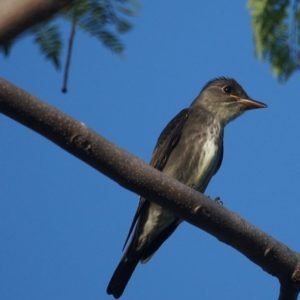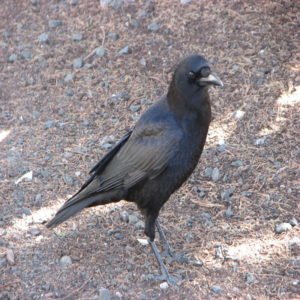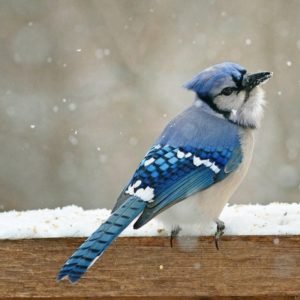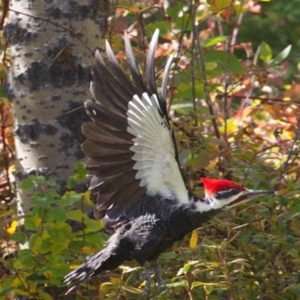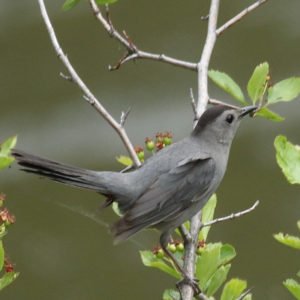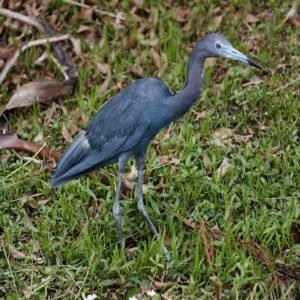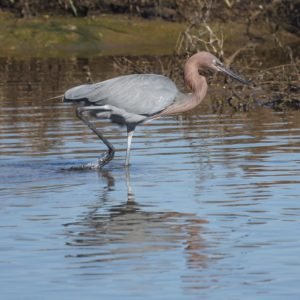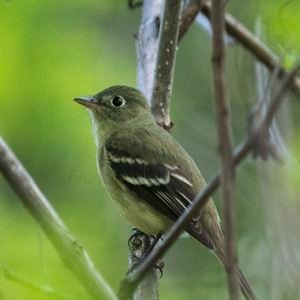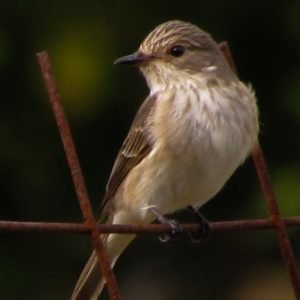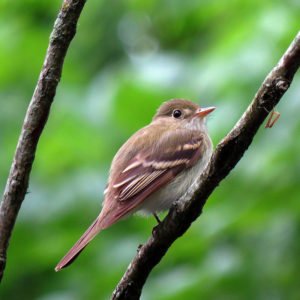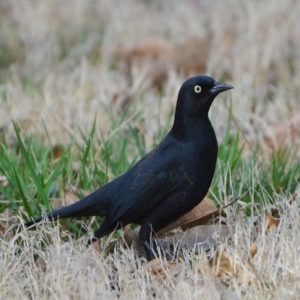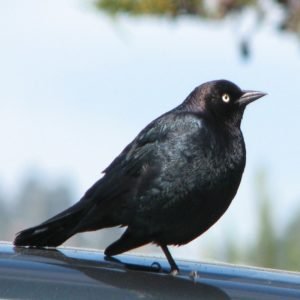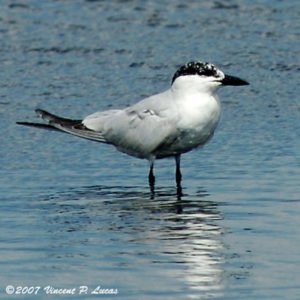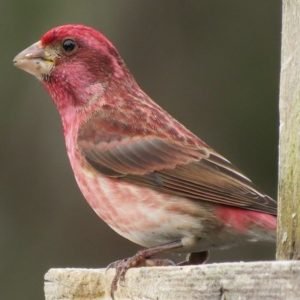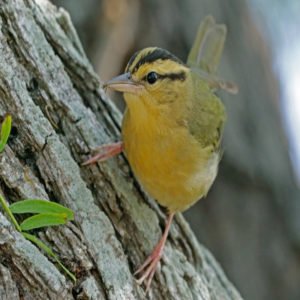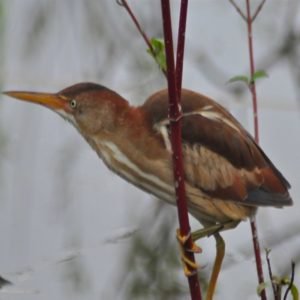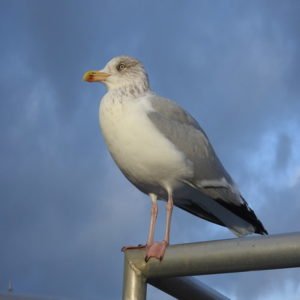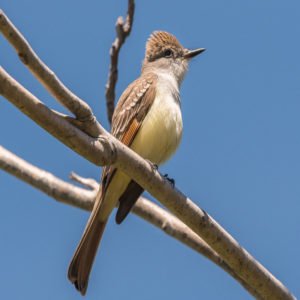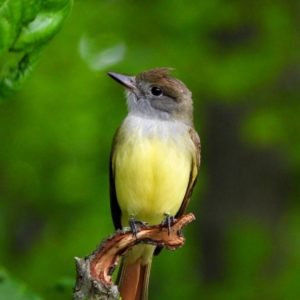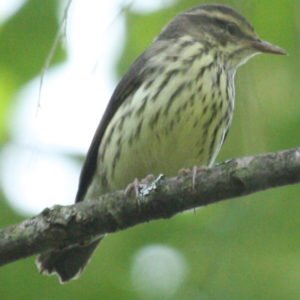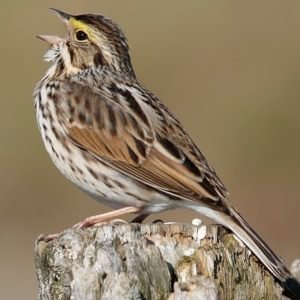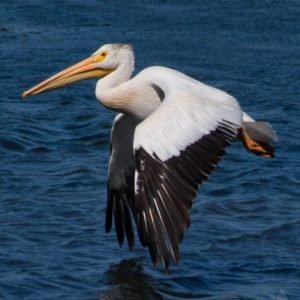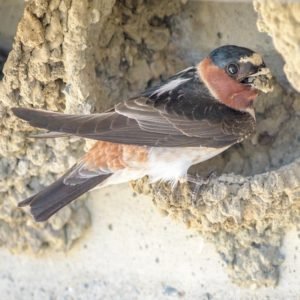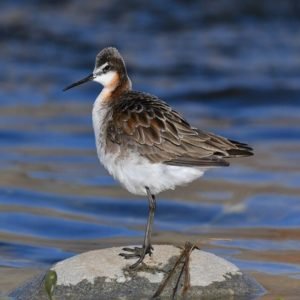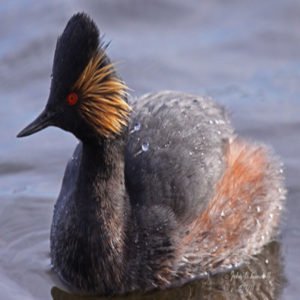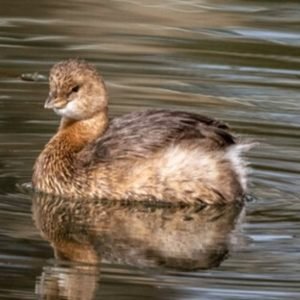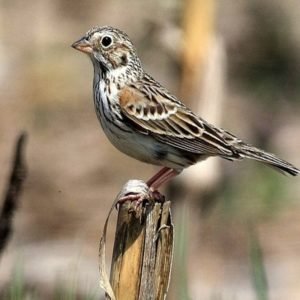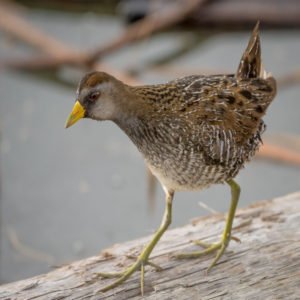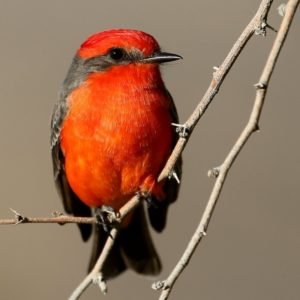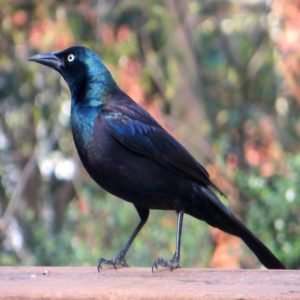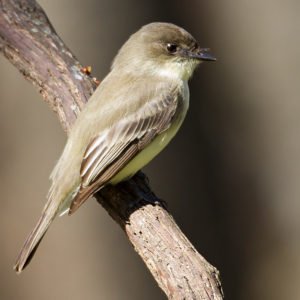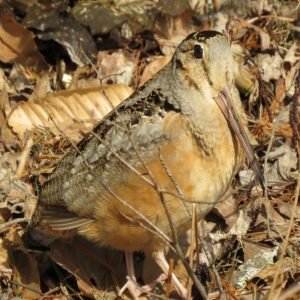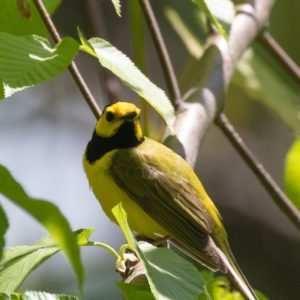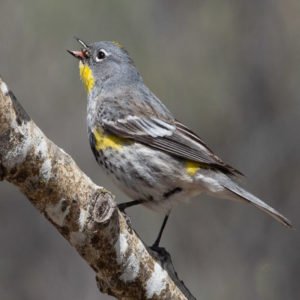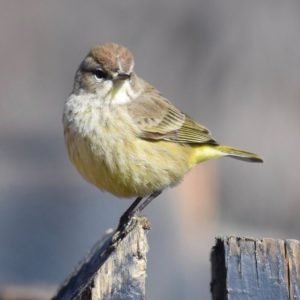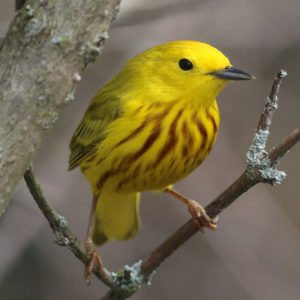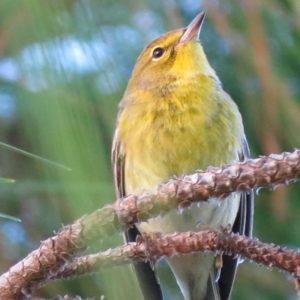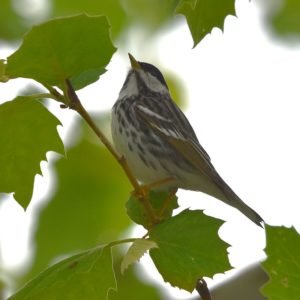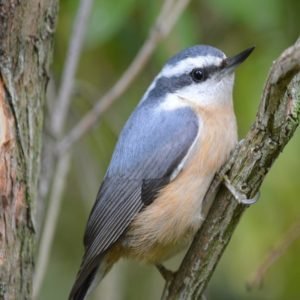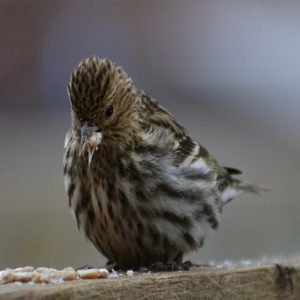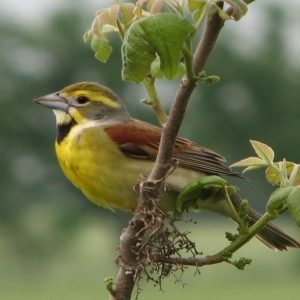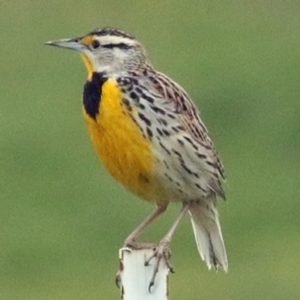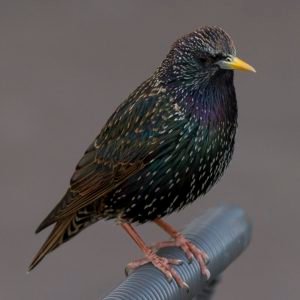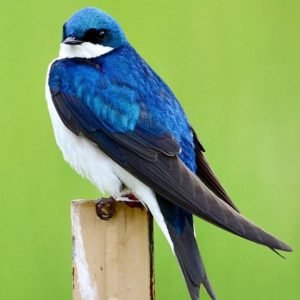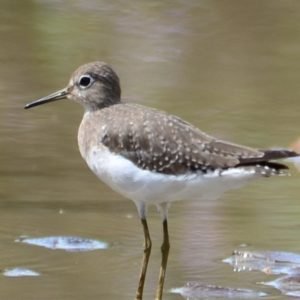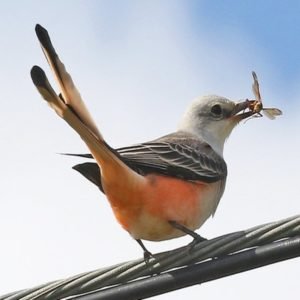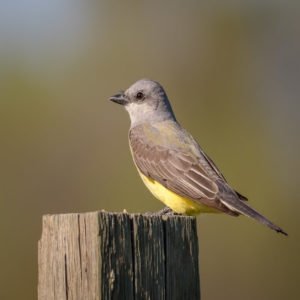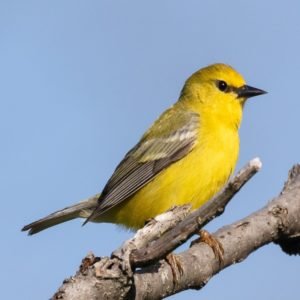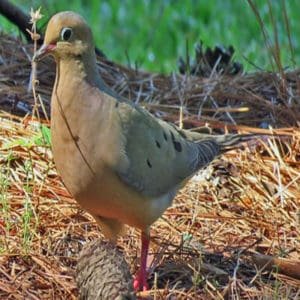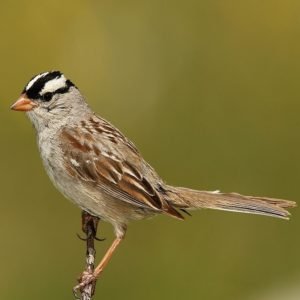Mississippi is home to a variety of indigenous bird species. As of March 2018, the official list contained 426 species. Of them, 22 are classified as casual, 90 as accidental, and four were brought into North America. Two species are extinct; the MBRC considers two others to be extirpated and may also be extinct. Mississippi’s state bird is the Northern mockingbird (Mimus Polyglottos). On February 23, 1944, Mississippi designated it as its official bird.
Birds in Mississippi range from the more commonly observed Northern Mockingbird to the less usually seen Vesper Sparrow.
Many birders immediately associate Mississippi birds with the Mississippi flyway for obvious reasons. Each season, the state is literally the first and last stop for a large number of migrating birds.
Below is a list of magnificent birds found in Mississippi, complete with photographs and identification. This section featured information on the frequency with which the birds are observed, as well as the time of year during which they are observed.
Birds of prey in Mississippi
Birds of prey, usually known as raptors, are found throughout North America. Raptors are popular animals that attract more attention than the majority of other species. Fortunately, Mississippi is home to a diverse range of animals inhabiting a variety of habitats.
Eagles, hawks, owls, and falcons are some of the more well-known and identifiable raptors. While raptors are typically seen soaring high in the sky, they may also be seen on the ground or sitting on a tree branch.
Continue reading to learn more about the raptors that call Mississippi home, as well as a few ways to identify them if you see them.
Owls in Mississippi
Mississippi is located within the Gulf Coastal Plain and is predominantly composed of gently rolling hills and lowlands. Of course, the state is famous for being named after the Mississippi River, for being the birthplace of Root Beer, and for being the birthplace of blues music. The river and its tributaries, together with the state’s 19.4 million acres of forested terrain, provide an attractive natural home for a variety of species.
Owls have adapted to live in a variety of settings throughout the world, save Antarctica. The great horned owl is one of the state’s largest owls. Numerous owl species consume their prey whole. The indigestible pieces of the bird are later cast or regurgitated. Biologists can investigate these casts or owl pellets to gain insight into the diets and habitat requirements of owls.
This section will focus on owls in Mississippi, where and when to look for them, and a brief description of each.
Other birds of prey
Bluebirds in Mississippi
The bluebird is appropriately titled, as he sports a coat of the purest, richest, and most exquisite blue on his back, wings, and tail; no other North American bird merits the name more, as no other flashes so much bright blue in front of our admiring eyes.
In Mississippi, the eastern bluebird is a permanent inhabitant. Winter months saw population growth as more northern populations migrate south for the winter.
The Eastern Bluebird sings a lovely, melodic song and has a similar, easily identifiable flight call. They are most frequently encountered in open woodlands, parks, and fields, as well as around golf courses and cemeteries. They are prevalent in suburban locations with sufficient open space.
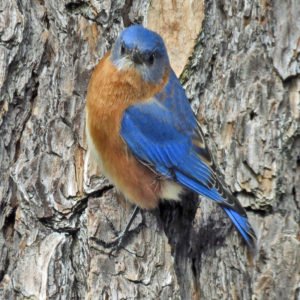
Sialia Sialis – Eastern Bluebird
Types of ducks in Mississippi
Waterfowl species that winter in the Mississippi Delta and are of interest to hunters are classified as dabbling ducks, diving ducks, and geese. When weather patterns get particularly cold and wide swaths of flood waters freeze, it is not uncommon to see a significant number of duck species congregating in areas of flowing water that has not frozen. Additionally, places inside the Habitat Complex attract a variety of waterfowl.
The blue-winged teal and northern shoveler are two of North America’s most common, ubiquitous, and regularly hunted ducks. Green-winged teal are also abundant in Mississippi waters.
For those who are accustomed to only seeing the ordinary Mallard, this list should be quite enlightening! The ducks depicted below are the most prevalent and therefore most likely to be observed. Indeed, the list of ducks that may be seen in Mississippi is much longer!
Best Birdwatching Spots in Mississippi
Many Mississippians enjoy birdwatching as a hobby. Mississippi and North America are home to hundreds of bird species. Certain birds are universally recognized. In the South, birds such as Northern Mockingbirds, Blue Jays, and American Goldfinch are easily recognized. Identification of birds requires a great deal of patience, practice, and education. You may choose to take a photograph of the bird you’re attempting to identify to aid in your memory.
Here are the top five sites to visit to see your favorite birds or to be amazed by newly discovered birds.
- Seaman Rd Sewage Lagoons
- Grand Bay NWR/NERR
- Ansley
- St. Catherine Creek NWR
- Noxubee NWR
Other common birds in Mississippi
Mississippi is the 32nd largest state by area and the 35th most populous in the United States. It is most known for the Mississippi River and is primarily composed of low hills and lowland plains.
As you would understand, it was impossible to include all 426 bird species in the following section. As a result, we concentrated on the most frequently seen and observed species, including the Northern Mockingbird.
This list of Mississippi birds includes species that have been authentically documented in the United States of America’s state of Mississippi, as determined by the Mississippi Ornithological Society’s Bird Records Committee (MBRC).
If you have encountered a bird in Mississippi that is not yet on our list or that you cannot identify yourself, we’ll be happy to identify it for you. Simply take a picture of it and upload your picture, a quick description and the U.S. state where it was found here on our bird identification page.

